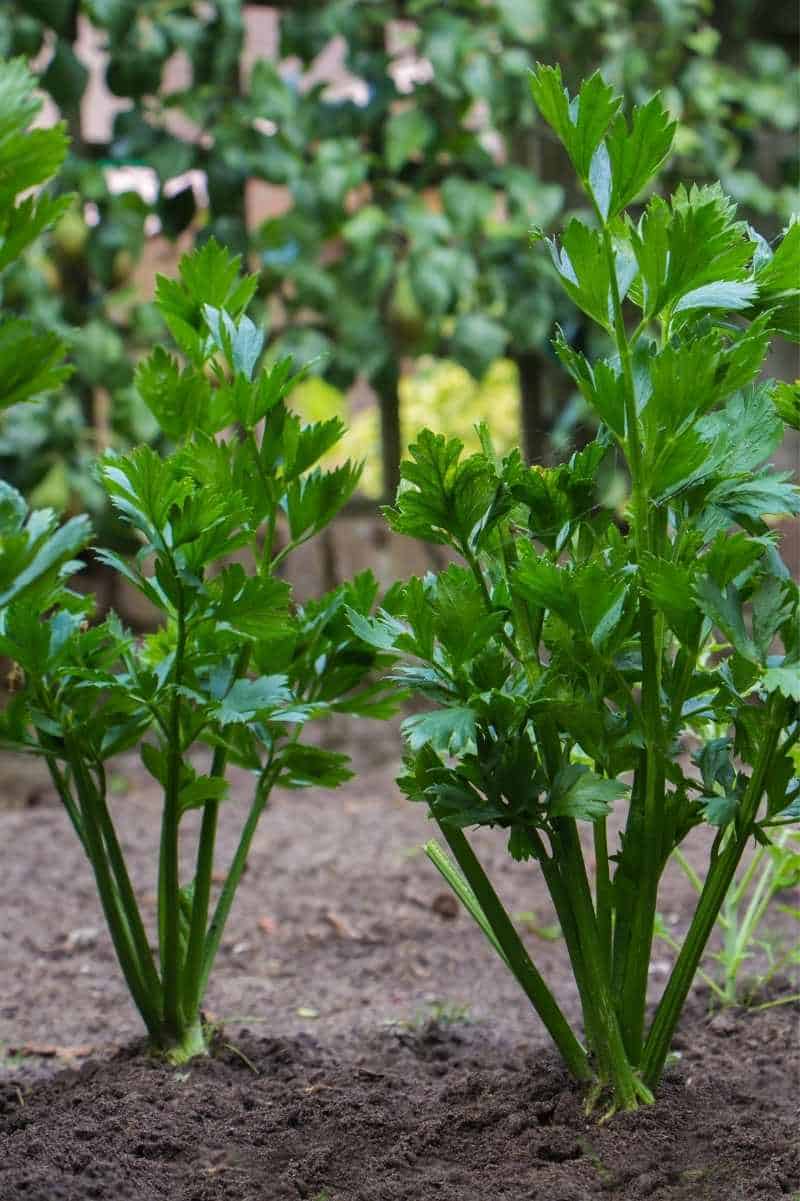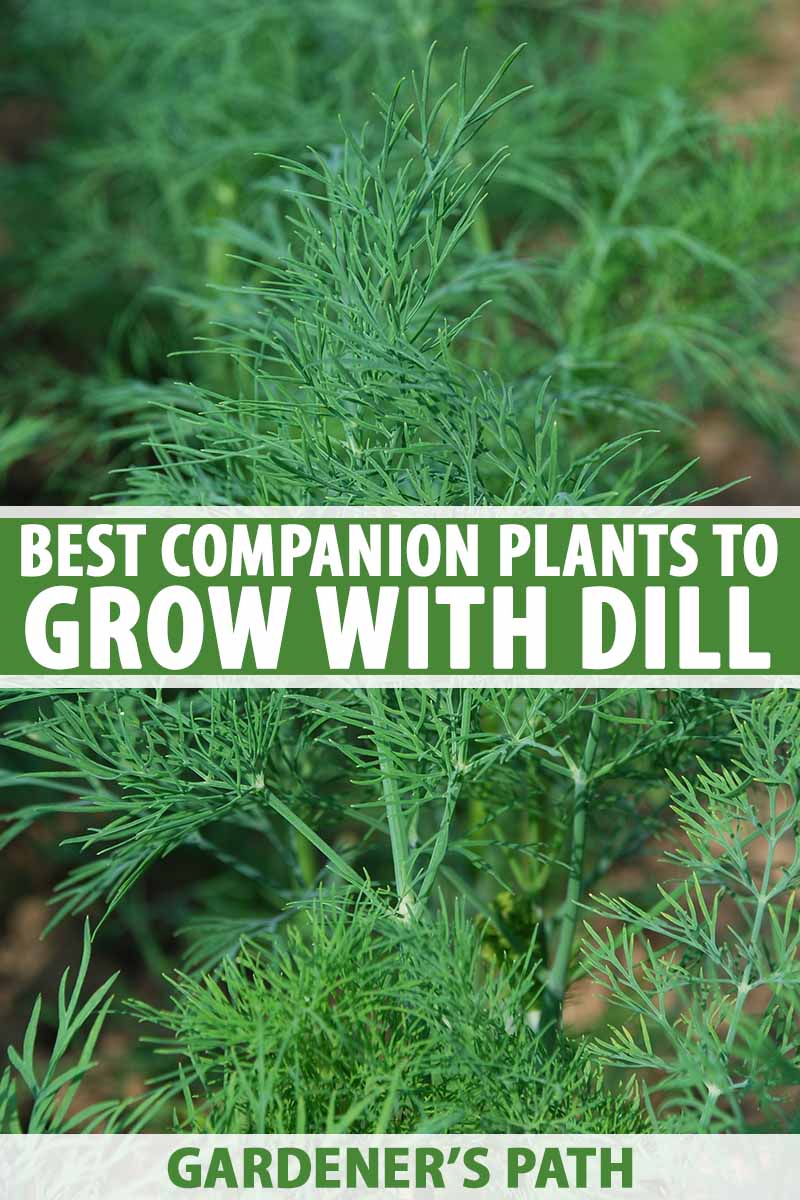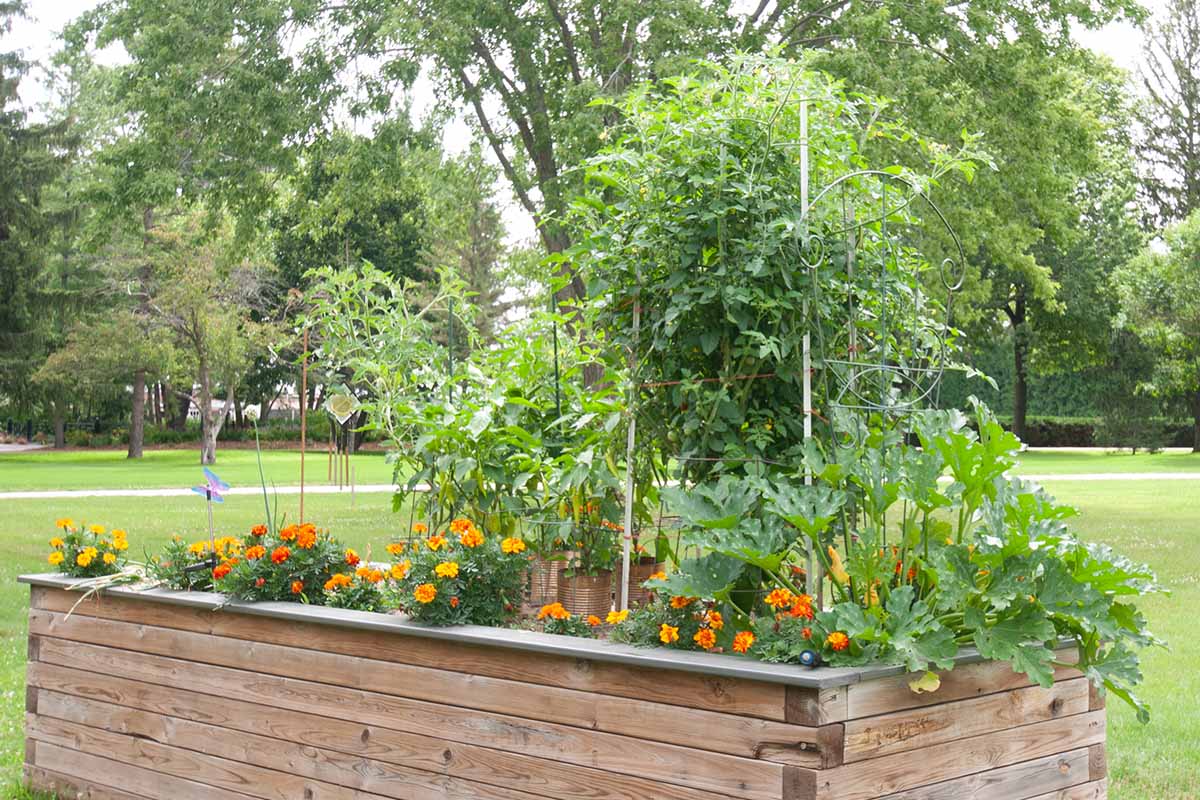The Ultimate Guide To Companion Veggies: Tasty Productive Plant Combos
Introduction
Companion planting is a gardening practice that involves planting certain crops near each other to benefit their growth and health. By carefully selecting which plants to grow together, you can improve the flavor, yield, and pest resistance of your vegetables.
There are many different benefits to companion planting. For example, some plants can attract beneficial insects that help to control pests, while others can improve the soil quality or provide shade. By understanding the relationships between different plants, you can create a garden that is both productive and healthy.
In this blog post, we will discuss the benefits of companion planting and provide a list of some of the best companion vegetable combos. We will also discuss some of the potential drawbacks of companion planting and how to avoid them.
Main Content
Benefits of Companion Planting
There are many benefits to companion planting. Some of the most common benefits include:
- Increased yield: Companion planting can help to increase the yield of your vegetables. This is because some plants can help to improve the pollination of others, or they can deter pests that would otherwise damage your crops.
- Improved flavor: The flavor of your vegetables can also be improved by companion planting. Some plants can release chemicals that enhance the flavor of neighboring plants.
- Better pest control: Companion planting can help to control pests in your garden. Some plants can attract beneficial insects that prey on pests, while others can produce chemicals that repel pests.
- Improved soil quality: Companion planting can also help to improve the soil quality in your garden. Some plants can help to add nutrients to the soil, while others can help to improve drainage.
Potential Drawbacks of Companion Planting
While there are many benefits to companion planting, there are also some potential drawbacks. Some of the most common drawbacks include:
- Competition for resources: If you plant two plants that have similar needs, they may compete for water, nutrients, or sunlight. This can lead to stunted growth or reduced yields.
- Disease transmission: Some plants can transmit diseases to other plants. If you plant two plants that are susceptible to the same disease, they may both become infected.
- Allelopathic effects: Some plants release chemicals that can inhibit the growth of other plants. If you plant two plants that have allelopathic effects, they may not grow as well as they would if they were planted separately.
How to Avoid the Drawbacks of Companion Planting
To avoid the drawbacks of companion planting, it is important to do your research before you plant. There are many resources available that can help you to identify which plants are compatible with each other.
You should also pay attention to the spacing of your plants. If you plant two plants too close together, they may compete for resources.
Finally, you should be aware of the allelopathic effects of plants. If you are unsure whether two plants are compatible, it is best to plant them separately.
List of Companion Vegetable Combos
Here is a list of some of the best companion vegetable combos:
- Beans and corn: Beans fix nitrogen in the soil, which benefits corn. Corn provides shade for beans, which helps to protect them from pests.
- Carrots and onions: The strong scent of onions deters pests that would otherwise damage carrots.
- Cucumbers and beans: Beans provide support for cucumbers, while cucumbers help to suppress weeds.
- Lettuce and tomatoes: Lettuce shades the roots of tomatoes, which helps to keep them cool. Tomatoes attract beneficial insects that help to control pests that would otherwise damage lettuce.
- Peas and carrots: Peas fix nitrogen in the soil, which benefits carrots. Carrots help to suppress weeds, which can compete with peas for resources.
Conclusion
Companion planting is a great way to improve the productivity and health of your vegetable garden. By carefully selecting which plants to grow together, you can create a garden that is both productive and healthy.
If you are new to companion planting, it is a good idea to start with a few simple combos. As you gain more experience, you can experiment with different combinations to find the ones that work best for your garden.
I hope this blog post has helped you to learn more about companion planting. If you have any questions, please feel free to leave a comment below.
Companion planting is a great way to improve your garden's health and productivity. By planting certain vegetables together, you can help to attract beneficial insects, deter pests, and improve the overall health of your plants.
If you're interested in learning more about companion planting, I recommend visiting Home Gardening. This website has a comprehensive companion planting chart that shows which vegetables are compatible with each other.
FAQ of companion veggies
- What are companion veggies?
Companion veggies are plants that are grown together in the same garden space because they benefit each other in some way. Some companion plants attract beneficial insects, while others repel pests. Some help to improve the soil quality, while others help to deter diseases.
- How do companion veggies work?
The benefits of companion planting come from the way that different plants interact with each other. For example, some plants release chemicals that attract beneficial insects, such as ladybugs and lacewings. These insects prey on pests, which can help to protect your plants from damage. Other plants release chemicals that repel pests, such as marigolds and mint.
- What are some good companion veggies?
There are many different companion plants that can be grown together, but some of the most popular include:
* Beans and corn: Beans fix nitrogen in the soil, which benefits corn. Corn provides shade for beans, which helps to protect them from pests.
* Carrots and tomatoes: Carrots help to repel nematodes, which can damage tomatoes. Tomatoes provide support for carrots, which can help them to grow straight.
* Cucumbers and melons: Cucumbers and melons attract pollinators, such as bees and butterflies. These pollinators help to pollinate both cucumbers and melons, which can lead to a better harvest.
* Lettuce and spinach: Lettuce and spinach help to suppress weeds. They also shade the soil, which helps to keep it cool and moist.
* Marigolds and nasturtiums: Marigolds and nasturtiums repel pests, such as aphids and whiteflies. They also attract beneficial insects, such as ladybugs and lacewings.
- How close should companion plants be planted?
The ideal distance for planting companion plants depends on the specific plants involved. However, in general, companion plants should be planted within two or three rows of each other. This will allow them to benefit each other without overcrowding each other.
- What are some of the benefits of companion planting?
There are many benefits to companion planting, including:
* Increased yields: Companion planting can help to increase the yields of your crops. This is because companion plants can attract beneficial insects, repel pests, and suppress weeds.
* Improved soil quality: Companion plants can help to improve the soil quality in your garden. This is because they can fix nitrogen, break down organic matter, and deter pests.
* Reduced pest and disease problems: Companion planting can help to reduce pest and disease problems in your garden. This is because companion plants can attract beneficial insects, repel pests, and suppress weeds.
* Enhanced beauty: Companion planting can also enhance the beauty of your garden. This is because companion plants can come in a variety of colors and textures, which can add interest and variety to your garden.
Image of companion veggies
- Beans and corn: Beans fix nitrogen in the soil, which is beneficial for corn. Corn provides shade for beans, which helps to protect them from pests.

- Cucumbers and tomatoes: Cucumbers attract pollinators, which help to pollinate tomatoes. Tomatoes provide shade for cucumbers, which helps to protect them from sunscald.
- Celery and carrots: Celery helps to repel pests from carrots. Carrots help to improve the flavor of celery.

- Lettuce and spinach: Lettuce helps to suppress weeds, which can compete with spinach for nutrients. Spinach helps to improve the flavor of lettuce.

- Dill and carrots: Dill attracts pollinators, which help to pollinate carrots. Carrots help to improve the flavor of dill.

- Peas and onions: Peas fix nitrogen in the soil, which is beneficial for onions. Onions help to repel pests from peas.
- Radishes and broccoli: Radishes help to suppress weeds, which can compete with broccoli for nutrients. Broccoli helps to improve the flavor of radishes.
- Marigolds and tomatoes: Marigolds help to repel pests from tomatoes. Tomatoes help to improve the flavor of marigolds.

- Nasturtiums and cabbage: Nasturtiums help to repel pests from cabbage. Cabbage helps to improve the flavor of nasturtiums.
Post a Comment for "The Ultimate Guide To Companion Veggies: Tasty Productive Plant Combos"